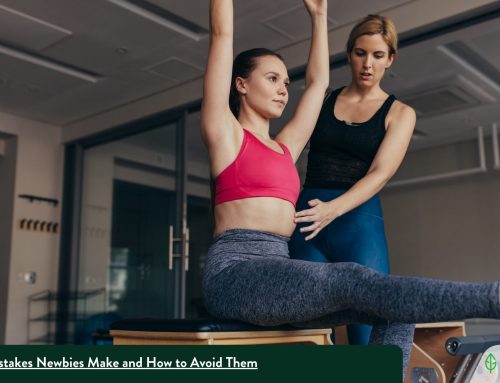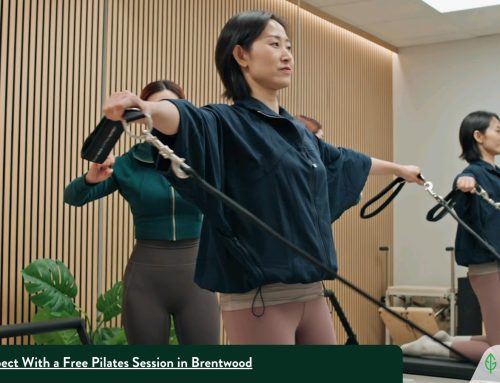Impact of Pilates on Spinal Deformity & Posture
Pilates, a popular exercise method developed by Joseph Pilates in the early 20th century, has gained significant attention for its ability to improve physical fitness, flexibility, and overall well-being. In recent years, research has also explored the potential benefits of Pilates in addressing spinal deformities and improving posture.
Understanding Spinal Deformity
Spinal deformity refers to any abnormal curvature of the spine, including conditions such as scoliosis, kyphosis, and lordosis. These conditions can cause pain, discomfort, and functional limitations.
The Role of Pilates in Addressing Spinal Deformity
Pilates is a low-impact exercise program that focuses on strengthening the core muscles, improving flexibility, and enhancing body awareness. This combination of benefits makes Pilates an ideal approach for addressing spinal deformities and improving posture.
Key Benefits of Pilates for Spinal Health
- Core Strengthening: Pilates exercises target the core muscles, which play a crucial role in supporting the spine and maintaining proper posture. By strengthening the core, Pilates can help counteract the effects of spinal deformities.
- Improved Flexibility: Pilates incorporates a variety of stretching exercises that can improve flexibility in the spine and surrounding muscles. This increased flexibility can help alleviate stiffness and discomfort associated with spinal deformities.
- Enhanced Body Awareness: Pilates emphasizes body awareness and alignment, which is essential for maintaining a healthy spine. By becoming more mindful of your body’s posture, you can make conscious efforts to correct any imbalances.
- Pain Reduction: Regular Pilates practice can help reduce pain associated with spinal deformities by improving muscle strength, flexibility, and overall spinal alignment.
- Improved Posture: Pilates can help correct postural imbalances and improve overall body alignment, which can reduce the strain on the spine and alleviate discomfort.

Pilates Exercises for Spinal Deformity
While a qualified Pilates instructor can tailor a personalized program to address specific spinal deformities, here are some common Pilates exercises that can benefit individuals with these conditions:
- Spine Twist: This exercise helps improve spinal mobility and rotation.
- Swan Dive: This exercise strengthens the back muscles and improves posture.
- Chest Lift: This exercise targets the core muscles and helps strengthen the upper back.
- Single Leg Stretch: This exercise improves core stability and flexibility.
- Pelvic Tilt: This exercise helps to align the pelvis and spine.
Considerations for Individuals with Spinal Deformity
It’s important to consult with a healthcare professional or a qualified Pilates instructor before starting a Pilates program, especially if you have a pre-existing spinal deformity. They can assess your condition and recommend appropriate exercises.
Pilates offers a promising approach for individuals with spinal deformities and postural issues. By strengthening the core muscles, improving flexibility, and enhancing body awareness, Pilates can help alleviate pain, improve function, and improve overall quality of life. If you’re considering Pilates as a way to address spinal deformities, consult with a qualified instructor to create a personalized program that meets your specific needs.
Read more: 10 Essential Pilates Reformer Exercises for Beginners
Discover the power of Pilates with Evergreen Rehab and Wellness – strengthening your body, and calming your mind.
Take the first step towards a stronger, healthier you – sign up for Evergreen Rehab and Wellness Pilates today! You may book a 1:1, duet Pilates session and a 3:1 session at our Coquitlam clinic, Langley Clinic or Brentwood Clinic.
Sign-Up Today!
Get the daily thoose of health and wellness tips and the latest offerss across our clinics.





